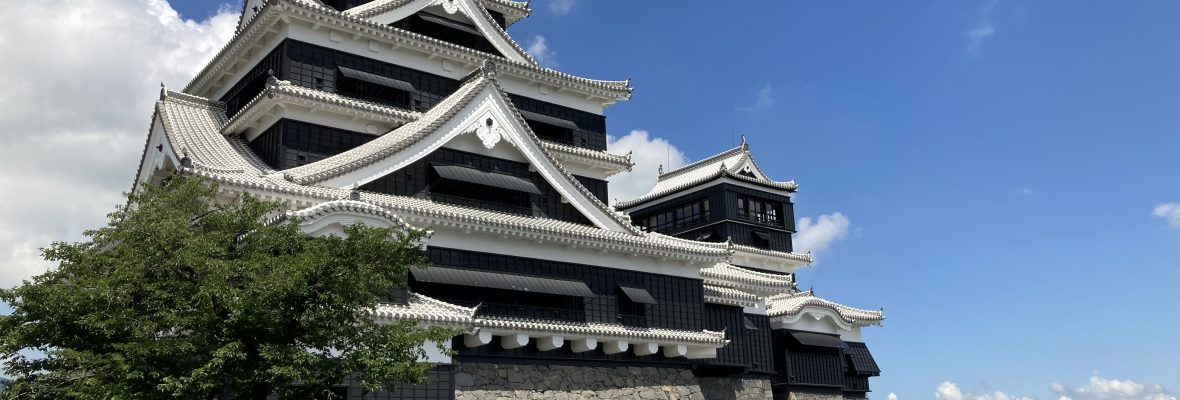鷺娘の精 (The Spirit of the Heron Maiden) woodblock print by Taniguchi Kokyo (1864-1915), dated 1925; from my collection. Oban tate-e (27.0 x 42.5 cm).
“Sagi Musume no Sei,” the “Spirit of the Heron Maiden.” A kabuki hengemono dance (one actor/many roles) wherein the spirit of a heron changes into a girl and then back again.
A summary from http://www.kabuki21.com/sagi_musume.php :
“The set is a frozen pond in the middle of Winter. The music from the geza is the classic sound effect for falling snow. The spirit of the heron appears on a platform, dressed in white, solitary and silent. This dance is a series of transformations, done through costume changes using either the bukkaeri or the hikinuki techniques to switch the roles. The first change turns the dancer into a young maiden in love, dressed in a beautiful red kimono, who dances the joy of love in a lively atmosphere. Her love is a short one and the next section of the dance is no more about happiness but sadness and jealousy. The dance is getting darker and the final change brings back the spirit of the heron, who frantically dances, depicting the torments of hell and pleading for pity. The highlight of this section is an ebizori pose. Then the heron maiden collapses on stage, bringing the dance to a close.”
Kokyo was the second son of Tsuji Kyuhiro, a cloth merchant, and was adopted by the Taniguchi family. He was a student of Kono Bairei, and was one of the founders of the Kyoto art school.



Reblogged this on Flight of the Hamsa.
LikeLike
What an expression of the dynamic capacity of female emotion, new found love, joy and elation quickly slipping in to jealousy despair and retreat. Maidens are indeed as mysterious as heron. How do you say the spirit of the heron maiden in Japanese? I am sorry that I can not read the kanji.
LikeLike